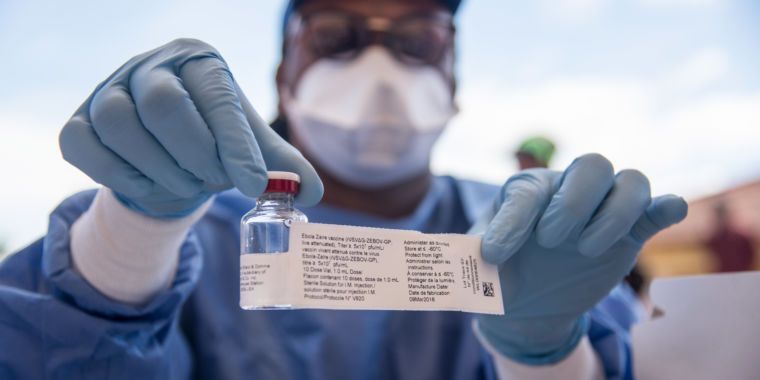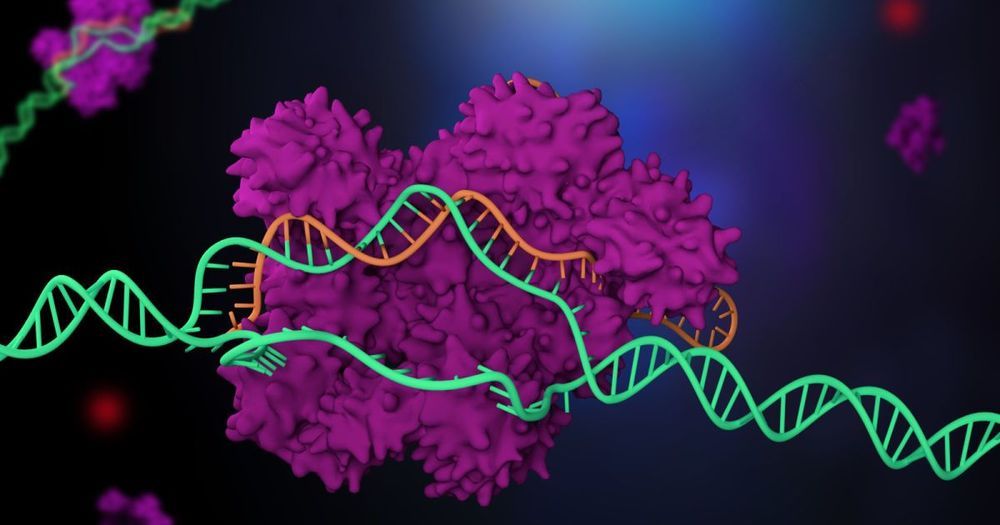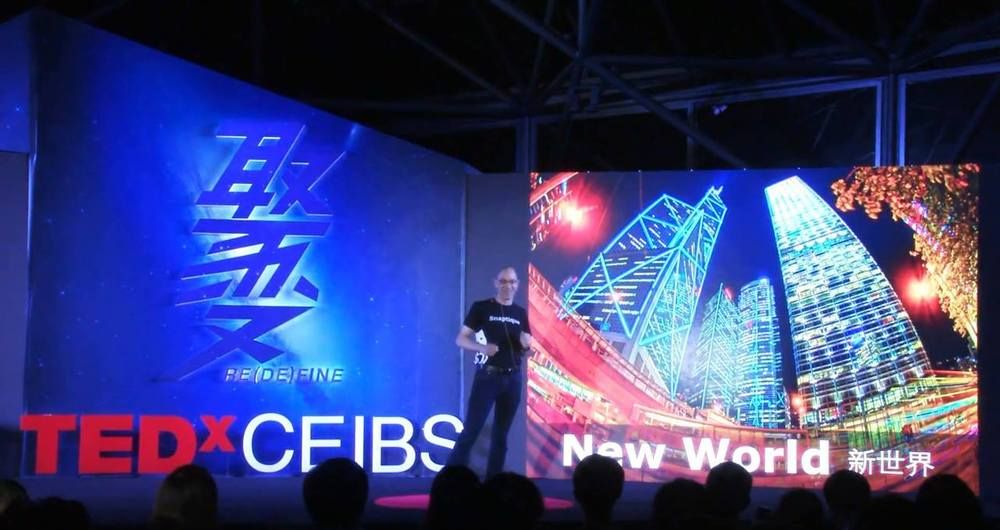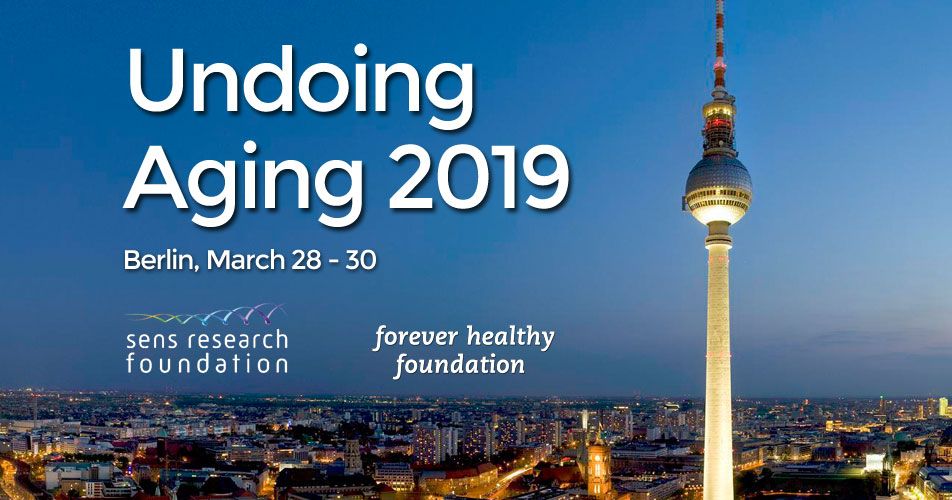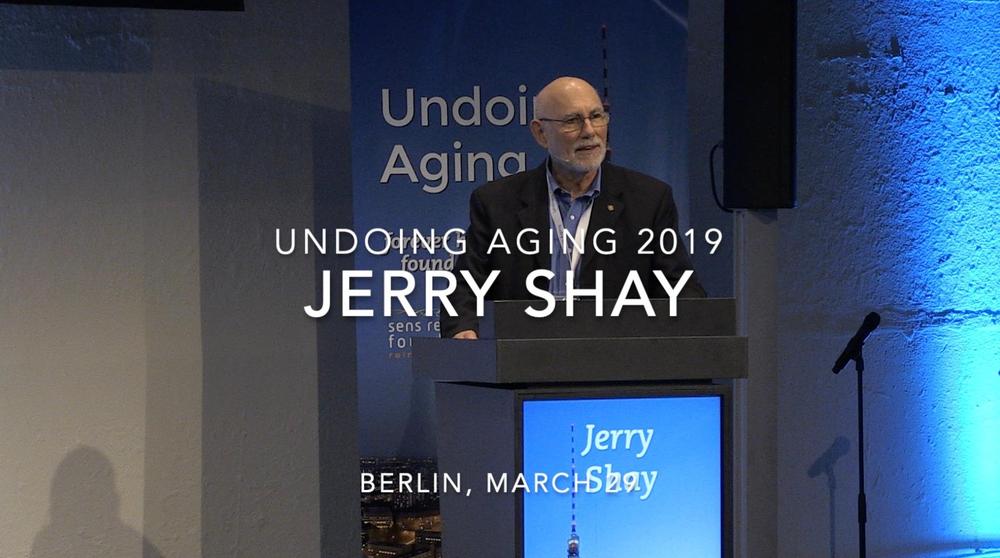Page 8882
Apr 17, 2019
Gene Therapy To Engineer Healthy Longevity
Posted by Quinn Sena in categories: biotech/medical, life extension
Science CEO Liz Parrish are in a fight to eradicate diseases of aging. Preventive & regenerative gene therapies are key to fixing cellular death.
Apr 17, 2019
CRISPR gene editing has been used on humans in the US
Posted by Shailesh Prasad in categories: bioengineering, biotech/medical
Apr 17, 2019
Incredible 3D Laser Scans Saved in 2015 Could Help Rebuild The Notre Dame
Posted by Shailesh Prasad in category: habitats

The world watched in horror Monday night while flames tore through the Notre Dame Cathedral in Paris. As fire consumed the roof and toppled its iconic central spire, it seemed as though the historic church could be lost forever — but it’s possible, thanks to cutting-edge imagining technology, that all hope may not be lost.
Thanks to the meticulous work of Vassar College’s art historian Andrew Tallon, every exquisite detail and mysterious clue to the building’s 13th-century construction was recorded in a digital archive in 2015 using laser imaging.
Continue reading “Incredible 3D Laser Scans Saved in 2015 Could Help Rebuild The Notre Dame” »
Apr 17, 2019
Brain Computer Interface — Steve Hoffman
Posted by Shailesh Prasad in categories: computing, neuroscience
Apr 17, 2019
Elon Musk’s Question for Super-Smart AI: What’s Outside the Simulation?
Posted by Genevieve Klien in categories: Elon Musk, robotics/AI, singularity
“The singularity for this level of the simulation is coming soon,” Musk replied to a tweet by the official Twitter account of the television show Rick and Morty in 2017. “I wonder what the levels above us look like.”
READ MORE: Elon Musk Reveals the One Question He Would Ask a Human-Level A.I. [Inverse]
More on the simulation hypothesis: MIT Prof: It’s More Likely We’re Living in a Simulation Than Not.
Continue reading “Elon Musk’s Question for Super-Smart AI: What’s Outside the Simulation?” »
Apr 17, 2019
Program: Happy to announce Prof. Julie K. Andersen at the Buck Institute for Research on Aging in Novato as a speaker for the 2019 Undoing Aging Conference
Posted by Michael Greve in categories: biotech/medical, life extension, neuroscience
“Julie has been associated with SENS since its earliest days: she participated in the first workshop that I organised to discuss it, in 2000, and she was a co-author on the first SENS paper in 2002. We’re delighted to be funding her laboratory at the Buck Institute to explore new ways of eliminating neurofibrillary tangles from neurons of Alzheimer’s sufferers, and at UA2019 we will hear about their initial progress.” says Aubrey de Grey.
https://www.undoing-aging.org/news/dr-julie-k-andersen-to-sp…Qq6fZbArkM #
Apr 17, 2019
We are starting to share a selection of the exciting talks at our 2019 Undoing Aging conference
Posted by Michael Greve in categories: biotech/medical, life extension
Videos will be released step by step over the next few weeks as we receive clearance from the individual speakers.
This week we kick it off with Jerry Shay, who is the Vice Chairman of the Department of Cell Biology at The University of Texas Southwestern Medical Center in Dallas, presenting ‘Telomeres and Telomerase in Aging and Cancer‘.
undoing-aging.org/…/jerry-shay-presenting-at-undoing-aging-…
Apr 17, 2019
A biosynthetic dual-core cell computer
Posted by Montie Adkins in categories: bioengineering, biotech/medical, computing
ETH researchers have integrated two CRISPR-Cas9-based core processors into human cells. This represents a huge step towards creating powerful biocomputers.
Controlling gene expression through gene switches based on a model borrowed from the digital world has long been one of the primary objectives of synthetic biology. The digital technique uses what are known as logic gates to process input signals, creating circuits where, for example, output signal C is produced only when input signals A and B are simultaneously present.
To date, biotechnologists had attempted to build such digital circuits with the help of protein gene switches in cells. However, these had some serious disadvantages: they were not very flexible, could accept only simple programming, and were capable of processing just one input at a time, such as a specific metabolic molecule. More complex computational processes in cells are thus possible only under certain conditions, are unreliable, and frequently fail.
Apr 17, 2019
Facing up to injustice in genome science
Posted by Derick Lee in categories: biotech/medical, health, science
There have been a number of efforts to increase genome diversity. In 2010, the US National Institutes of Health (NIH) and the Wellcome Trust in London launched the Human Heredity and Health in Africa (H3Africa) initiative, which supports Africa-led genome research. And last year, the NIH started enrolment for the All of Us research programme, which plans to collect DNA and health data from hundreds of thousands of people of varying ethnicities in the United States.
Researchers from under-represented groups are making genomics more inclusive by working with communities that have been overlooked or abused.
